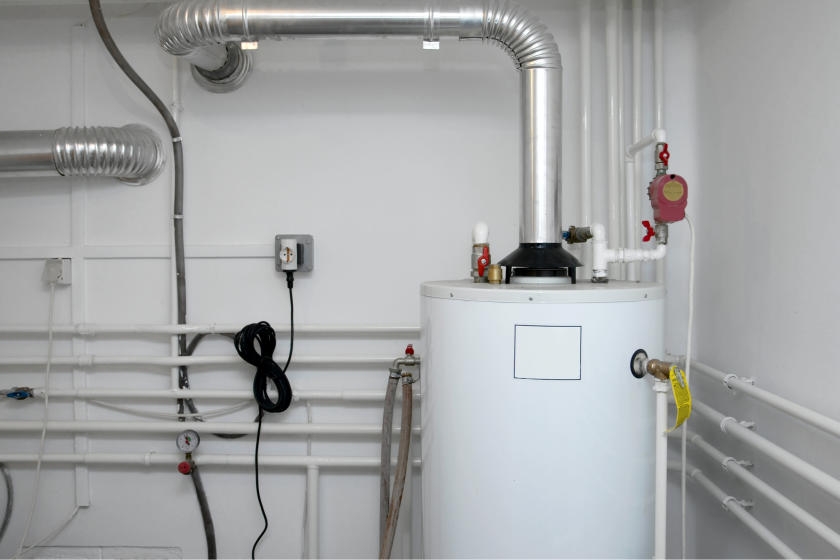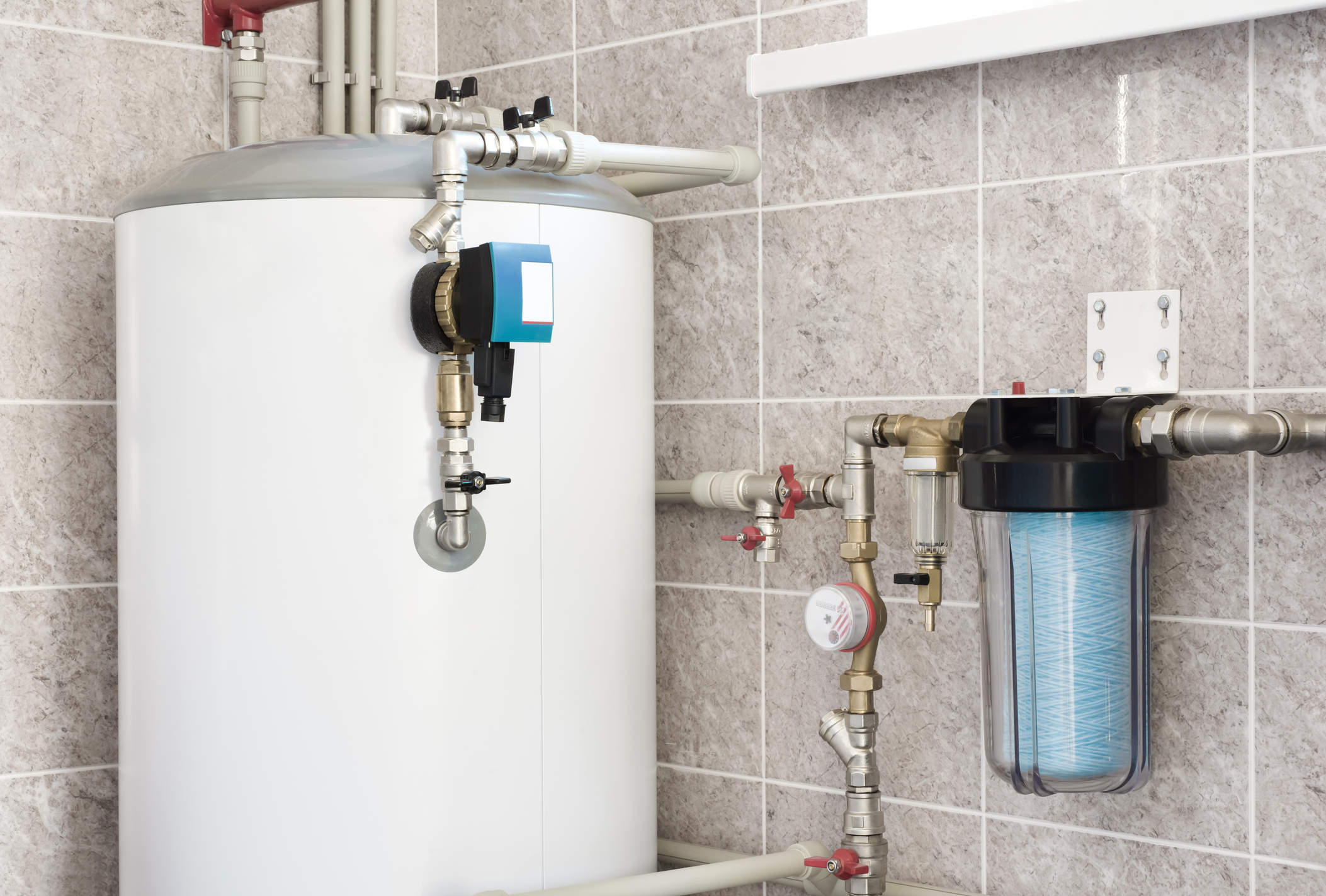Essential Maintenance Strategies for Your Home's Hot Water System
Essential Maintenance Strategies for Your Home's Hot Water System
Blog Article
Were you interested in answers around How to Maintain Your Water Heater & Prolong its Life?

Warm water is essential for everyday comfort, whether it's for a rejuvenating shower or cleaning dishes. To guarantee your warm water system runs efficiently and lasts much longer, normal maintenance is key. This short article gives practical ideas and understandings on how to preserve your home's warm water system to avoid interruptions and pricey repairs.
Introduction
Preserving your home's warm water system might seem complicated, but with a few basic actions, you can ensure it operates smoothly for many years to find. This overview covers every little thing from understanding your hot water system to DIY upkeep tips and recognizing when to employ expert assistance.
Importance of Preserving Your Hot Water System
Routine upkeep not just expands the lifespan of your hot water system but also ensures it runs efficiently. Overlooking maintenance can result in reduced effectiveness, greater power bills, and even premature failure of the system.
Signs Your Hot Water System Needs Maintenance
Knowing when your hot water system needs attention can avoid major issues. Look out for signs such as irregular water temperature level, weird sounds from the heating system, or corroded water.
Purging the Water Heater
Flushing your hot water heater gets rid of debris accumulation, enhancing effectiveness and prolonging its life.
Checking and Changing Anode Rods
Anode poles prevent deterioration inside the container. Evaluating and changing them when worn is essential.
Complex Concerns Requiring Professional Aid
Instances include significant leakages, electrical problems, or if your water heater is consistently underperforming.
Regular Expert Maintenance Benefits
Specialist maintenance can include comprehensive inspections, tune-ups, and ensuring conformity with security standards.
Evaluating and Changing Temperature Setups
Readjusting the temperature level settings makes certain ideal performance and safety and security.
DIY Tips for Maintenance
You can perform numerous maintenance jobs yourself to maintain your hot water system in top problem.
Checking for Leakages
Routinely evaluate pipelines and connections for leakages, as these can lead to water damages and higher costs.
Comprehending Your Hot Water System
Prior to diving into upkeep tasks, it's practical to recognize the basic components of your warm water system. Generally, this includes the hot water heater itself, pipes, anode poles, and temperature level controls.
Monthly Upkeep Tasks
Regular month-to-month checks can help capture small concerns prior to they intensify.
Testing Stress Alleviation Valves
Checking the stress safety valve ensures it operates correctly and stops too much pressure accumulation.
Protecting Pipelines
Insulating warm water pipelines reduces warm loss and can conserve energy.
When to Call a Specialist
While DIY upkeep is beneficial, some problems call for specialist competence.
Verdict
Routine upkeep of your home's hot water system is vital for performance, longevity, and cost savings. By complying with these suggestions and understanding when to look for specialist help, you can guarantee a trustworthy supply of warm water without unforeseen disturbances.
How to Maintain an Instant Hot Water Heater
Before tinkering with your hot water heater, make sure that it’s not powered on. You also have to turn off the main circuit breaker and shut off the main gas line to prevent accidents. Also turn off the water valves connected to your unit to prevent water from flowing into and out of the appliance. 2. When you’re done, you have to detach the purge valves’ caps. These look like the letter “T†and are situated on either side of the water valves. Doing so will release any pressure that has accumulated inside the valves while at the same time avoid hot water from shooting out and burning your skin. 3. When the purge valves’ caps are removed, you have to connect your hosing lines to the valves. Your unit should have come with three hoses but if it didn’t, you can purchase these things from any hardware or home repair shops. You can also get them from retail stores that sell water heating systems. Read the user’s manual and follow it to complete this task properly. When the hosing lines are connected, open the purge port’s valves. 4. You should never use harsh chemical cleaners or solutions when cleaning your unit. Make use of white vinegar instead. It should be undiluted and you’ll probably use about 2 gallons. 5. Now flush your water heater. This task should probably take about 40 minutes. We can’t give you specific directions for this because the procedure is carried out depending on the type, model and brand of your heater. With that being said, refer to the user’s manual. 6. When you’re done draining the unit, you have to turn off the purge port valves again. Remove the hosing lines that you earlier installed on each of the water valves. Put the valve caps (purge port) back in their respective places and be very careful so as not to damage the rubber discs that are found inside these caps. 7. Now that everything’s back in place, check your user’s manual again to find out how to reactivate your water heating system. 8. Once it is working, turn one of your hot water faucets on just to let air pass through the heater’s water supply pipes. Leave the tap on until water flows smoothly out of it. https://www.orrplumbing.com/blog/2014/september/how-to-maintain-an-instant-hot-water-heater/

As a person who reads on Tips on Maintaining a Water Heater, I imagined sharing that piece of writing was a good idea. Sharing is good. You just don't know, you may very well be helping someone out. I take joy in your readership.
Book Appointment Report this page